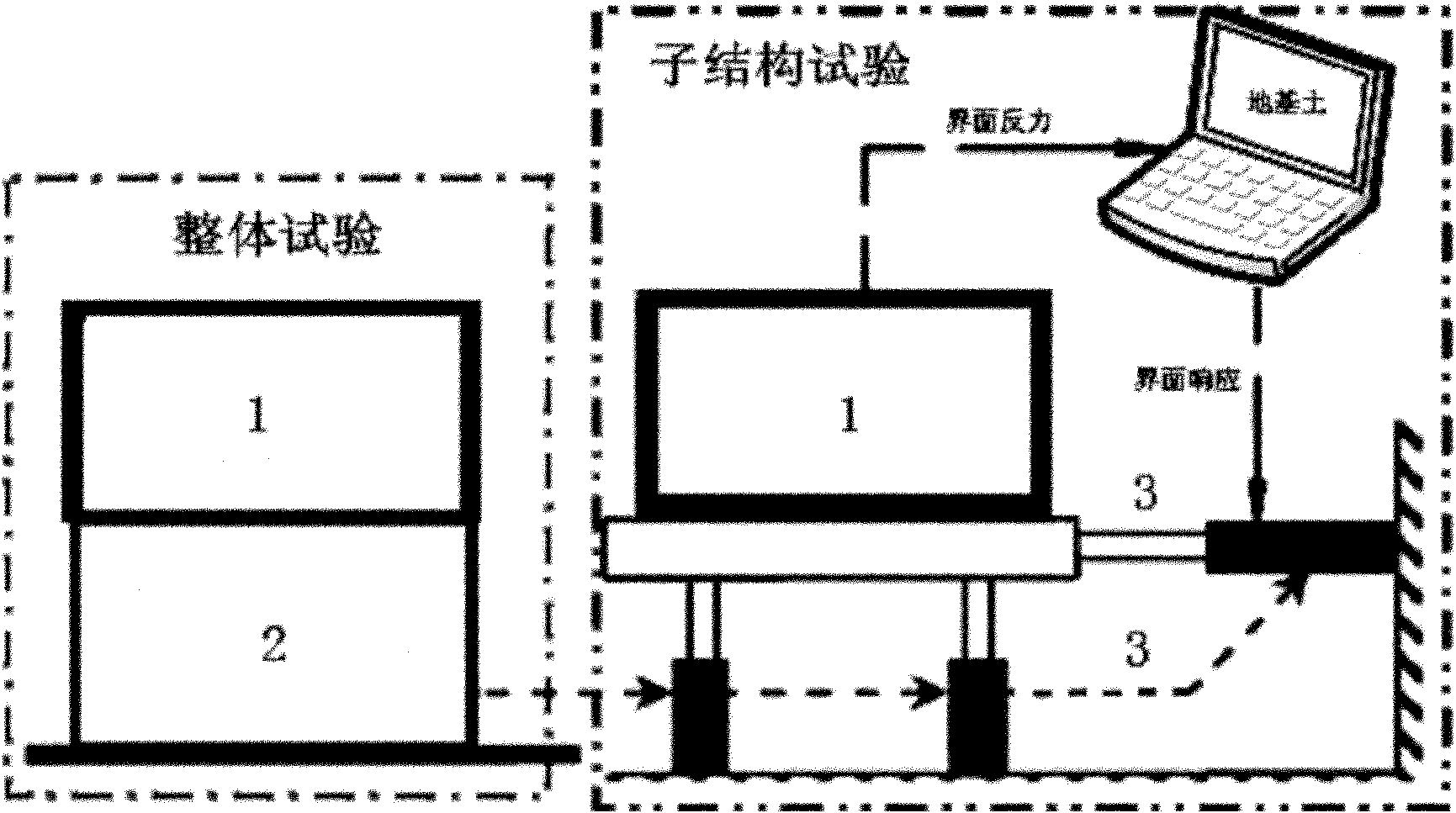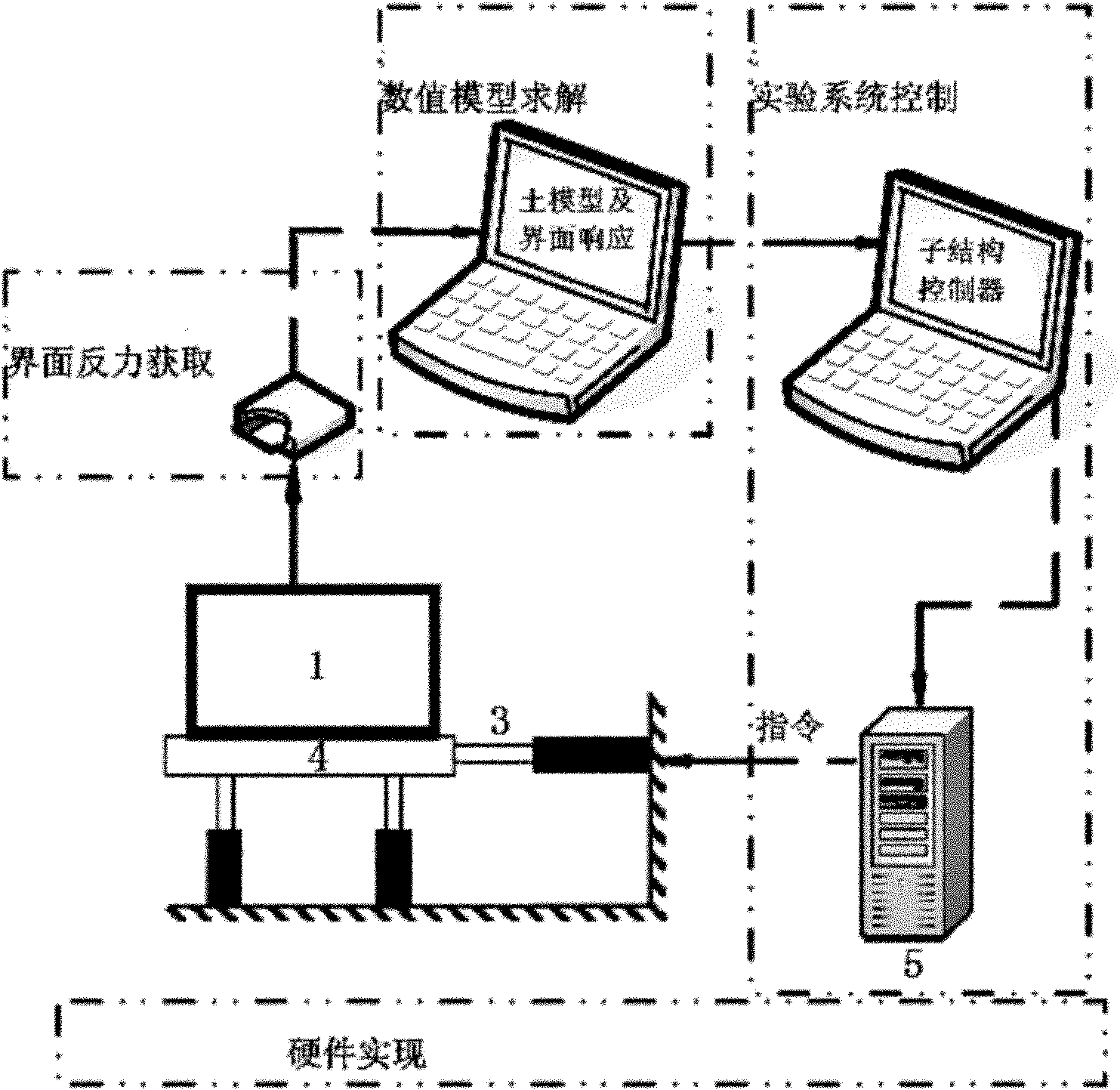Multidimensional and multipoint anti-seismic experimental method for considering soil-structure interaction
An experimental method and multi-point technology, which is applied in the field of seismic experiments and multi-dimensional multi-point seismic experiments, can solve the problems of limitations, high requirements on the size and output of test equipment, and the inability to consider radiation damping, etc., so as to reduce the requirements and release the capabilities of experimental equipment Effect
- Summary
- Abstract
- Description
- Claims
- Application Information
AI Technical Summary
Problems solved by technology
Method used
Image
Examples
Embodiment Construction
[0031] Technical scheme of the present invention sees image 3 Shown, in conjunction with relevant accompanying drawings, introduce the implementation steps of the present invention in detail below:
[0032] (1) Numerical soil model selection: the research results show that the foundation impedance can be used Figure 4 Described by the frequency domain model shown in the figure, K in the figure h 、K r are the foundation impedance function and impedance stiffness in the frequency domain, respectively, and the calculation of the dynamic response of the structure is mostly carried out in the time domain. At the same time, the dynamic substructure experiment requires real-time online implementation, and offline conversion or iteration cannot be performed. Therefore, the foundation soil model needs to be converted to Time domain, commonly used time domain models include Figure 5 The lumped parameter model in ( Figure 5 (a)) and time-domain recursive model ( Figure 5 (b)). ...
PUM
 Login to View More
Login to View More Abstract
Description
Claims
Application Information
 Login to View More
Login to View More - R&D
- Intellectual Property
- Life Sciences
- Materials
- Tech Scout
- Unparalleled Data Quality
- Higher Quality Content
- 60% Fewer Hallucinations
Browse by: Latest US Patents, China's latest patents, Technical Efficacy Thesaurus, Application Domain, Technology Topic, Popular Technical Reports.
© 2025 PatSnap. All rights reserved.Legal|Privacy policy|Modern Slavery Act Transparency Statement|Sitemap|About US| Contact US: help@patsnap.com



